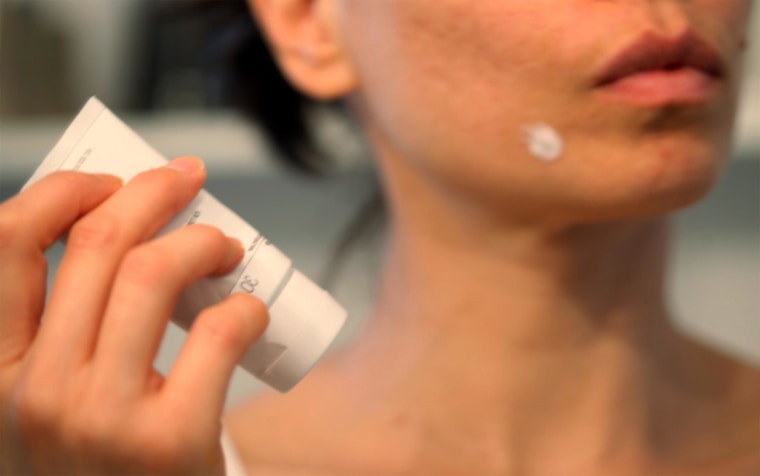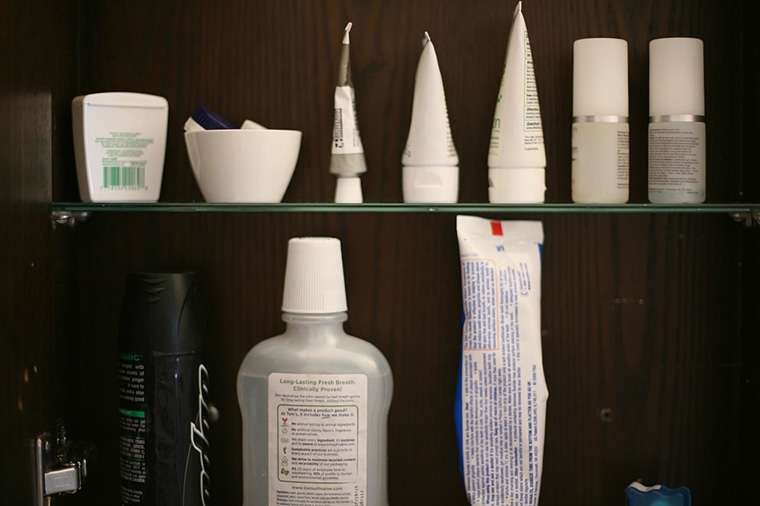Most people appreciate a free sample. But at the dermatologist’s office, that freebie might come with a hidden cost. A new study finds that giving out samples may actually change which drugs a doctor prescribes.
Stanford University researchers looked at data from a national survey of office-based doctors, most of whom distribute samples. They found that doctors were more likely to prescribe medications if they also were distributing samples of those drugs.
The researchers also compared doctors who gave samples to those at Stanford, an academic medical facility where samples aren’t allowed. What they found was dramatic: Doctors who gave samples were giving patients more frequently prescribed brand-name drugs instead of cheaper generics.
The difference? The average cost (before insurance) for acne prescriptions was more than twice as high for doctors in a non-academic setting — $465 vs $200 — according to the study, published Wednesday in the Journal of the American Medical Association: Dermatology.
That was a powerful finding because acne can generally be treated with less expensive generic drugs, said Dr. Alfred Lane, Professor of Dermatology and of Pediatrics at the Stanford University Medical Center, Emeritus and author of the study.
“I think that dermatologists need to realize that when they use samples, they are writing prescriptions for more expensive drugs when a less expensive generic may be available,” he said.

The number of dermatology prescriptions that were accompanied by a sample in the survey rose to 25 percent in 2010, from 10 percent in 2001. In other medical specialties it dropped to 4 percent, from 7.
Dr. Steven Woloshin, who does research on prescription drugs, said the study fits with other research showing samples promote the use of brand-name drugs, even if the new drugs are not more effective. And samples raise other problems because they are less established and not dispensed by a pharmacist who can check for interactions and counsel patients.
“There is much more uncertainty about the safety and effectiveness of new drugs. It’s not just cost, it’s also exposing patients to these risks,” said Dr. Woloshin, Professor of Medicine at the Dartmouth Institute for Health Policy and Clinical Practice.
But many dermatologists defend their use of samples. Dr. Sherry Shieh, a dermatologist with a practice in Manhattan and Assistant Clinical Professor at Columbia University and Mt. Sinai Hospital, uses samples in her private practice and finds them helpful. “There is such a variable response, so I will use samples to try a test and see if everything is OK,” she said. She does not feel that she is influenced by pharmaceutical representatives and the samples they bring.
Dr. Lane has been on both sides of this divide. He reports that Stanford stopped giving out samples only in 2004, and it was a difficult process: “When we were forced to give up samples, we didn’t do it willingly,” he said. “We believed we were benefiting the patients by giving samples. But what made the difference for me was after we stopped giving them, I started to notice that the drugs that I was prescribing were less expensive than drugs that patients were on when they were referred to me from the outside dermatology community.”
In a related editorial, Dr. Kenneth Katz and colleagues called for the American Academy of Dermatology and other professional groups to speak out: “Our specialty should take a strong, united stance discouraging physicians from dispensing free drug samples in any form.”
The American Academy of Dermatology said it recommends samples only when in a patient’s best interest, and that more research was needed to determine if they affect “the patients’ long-term health and well-being.”
